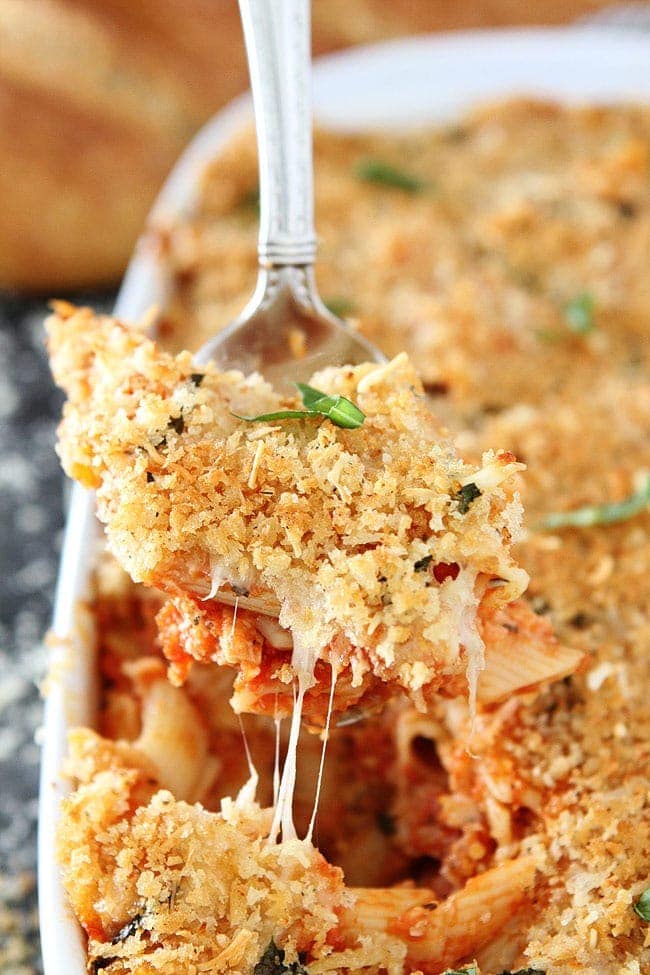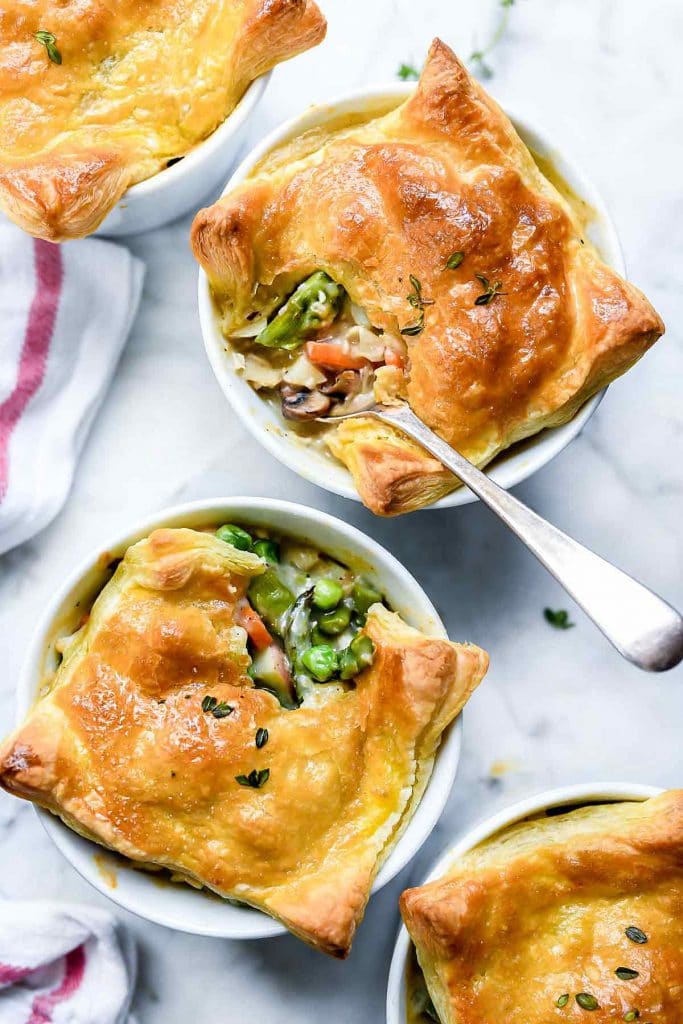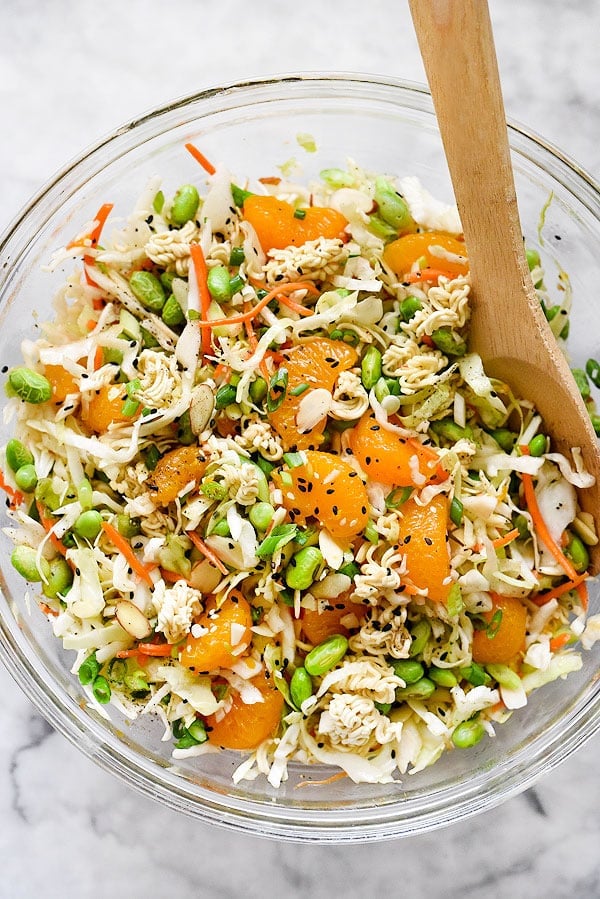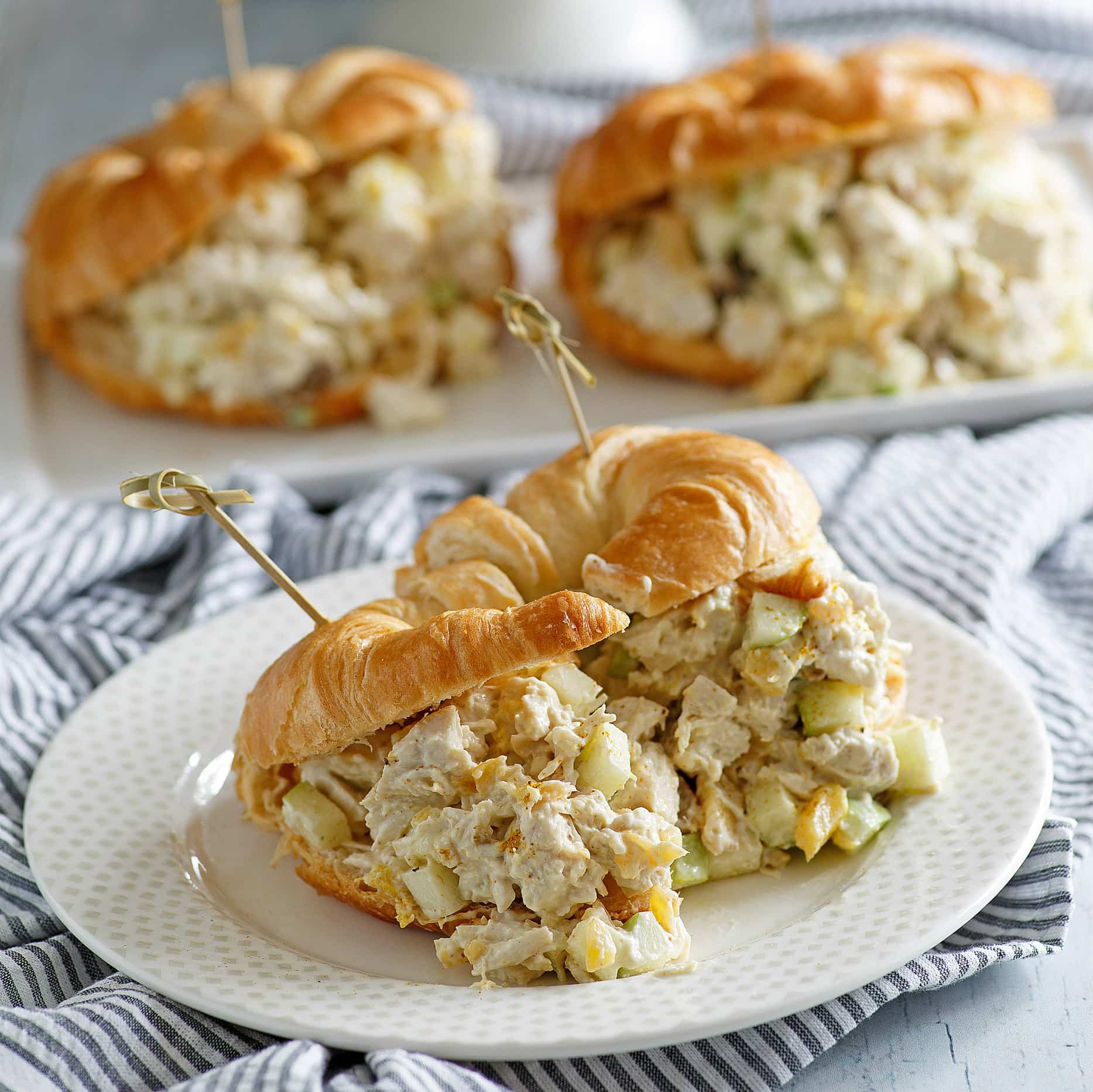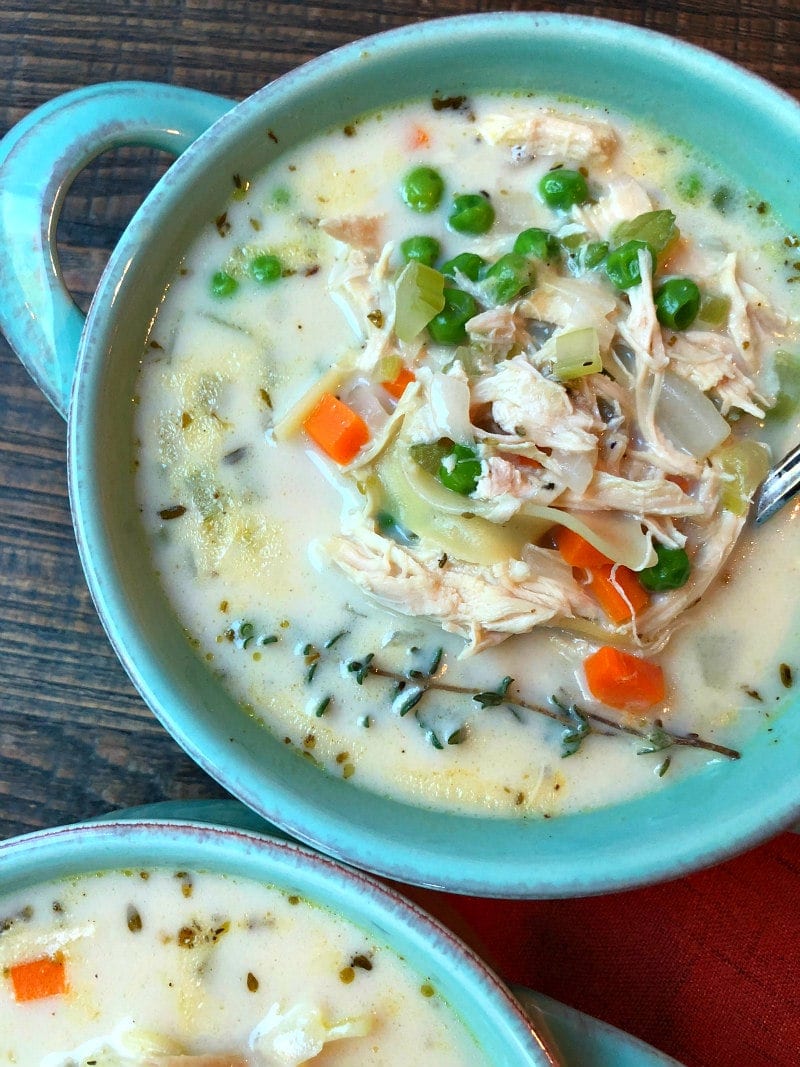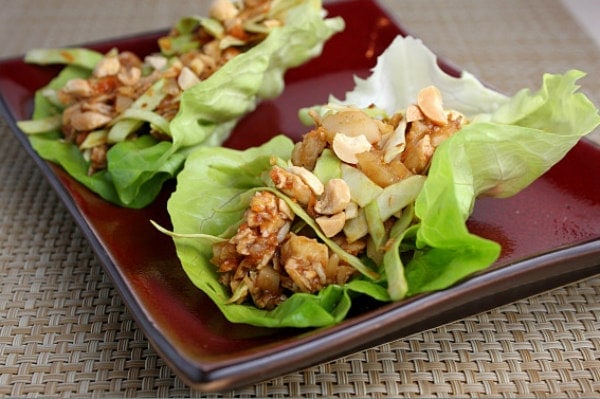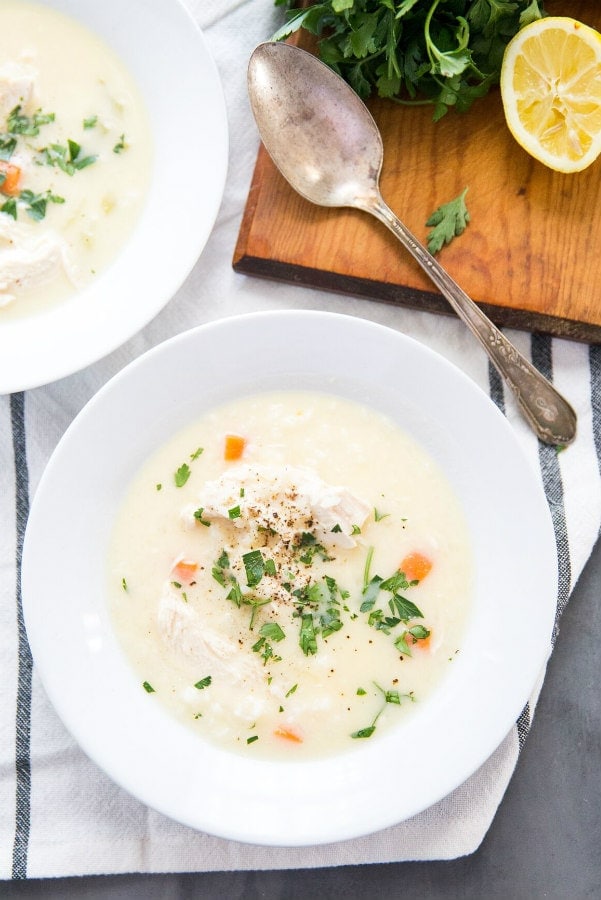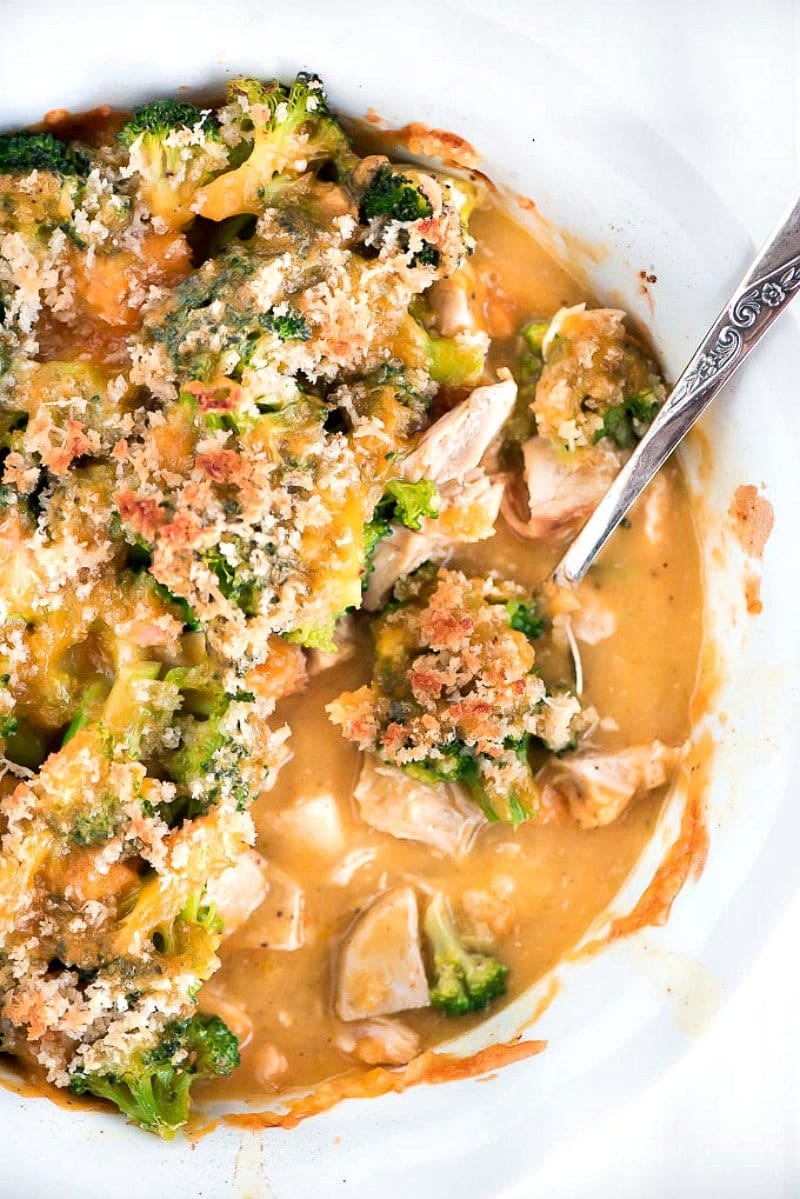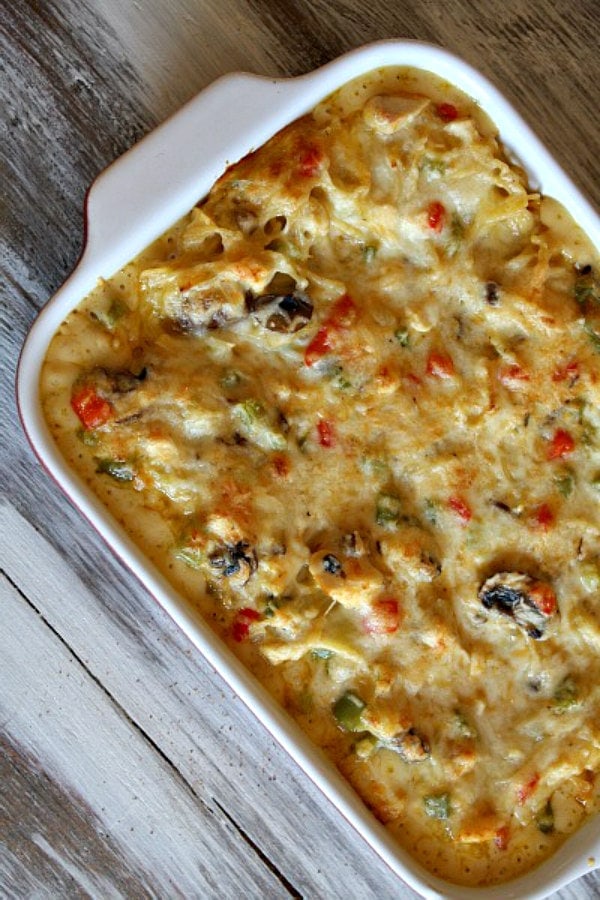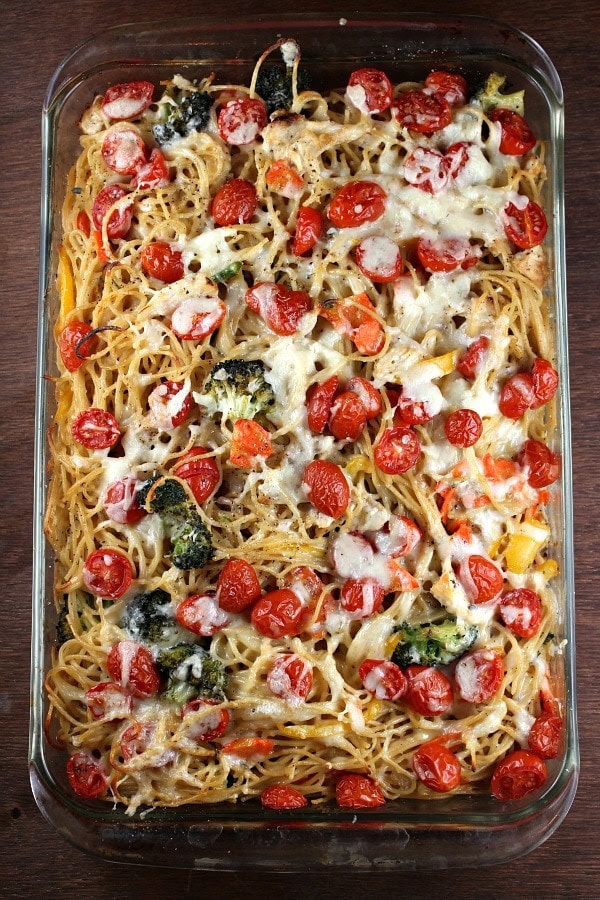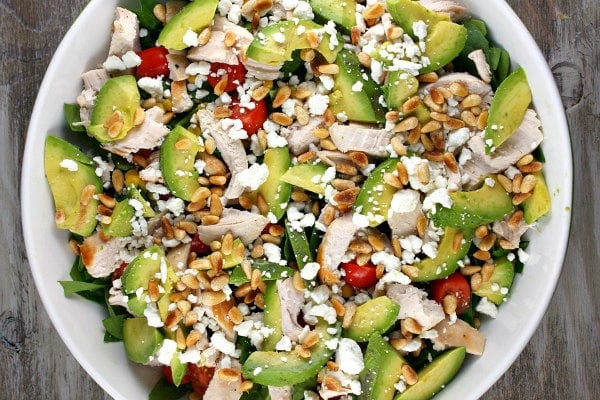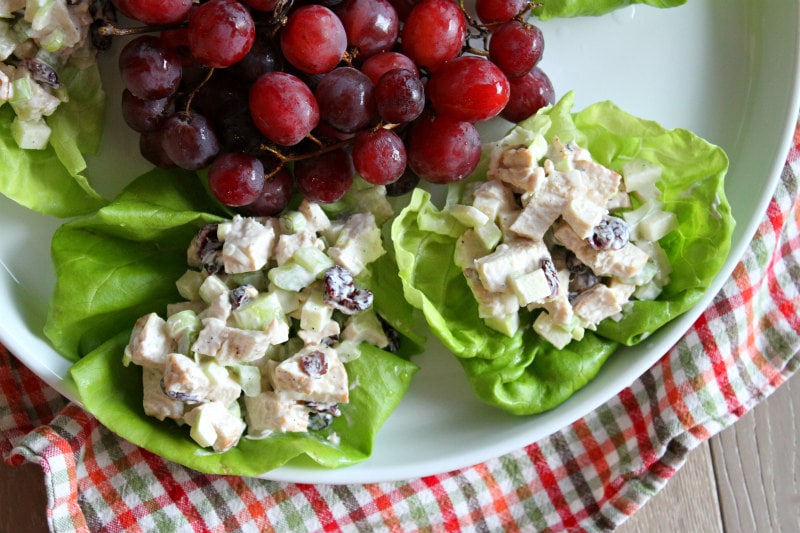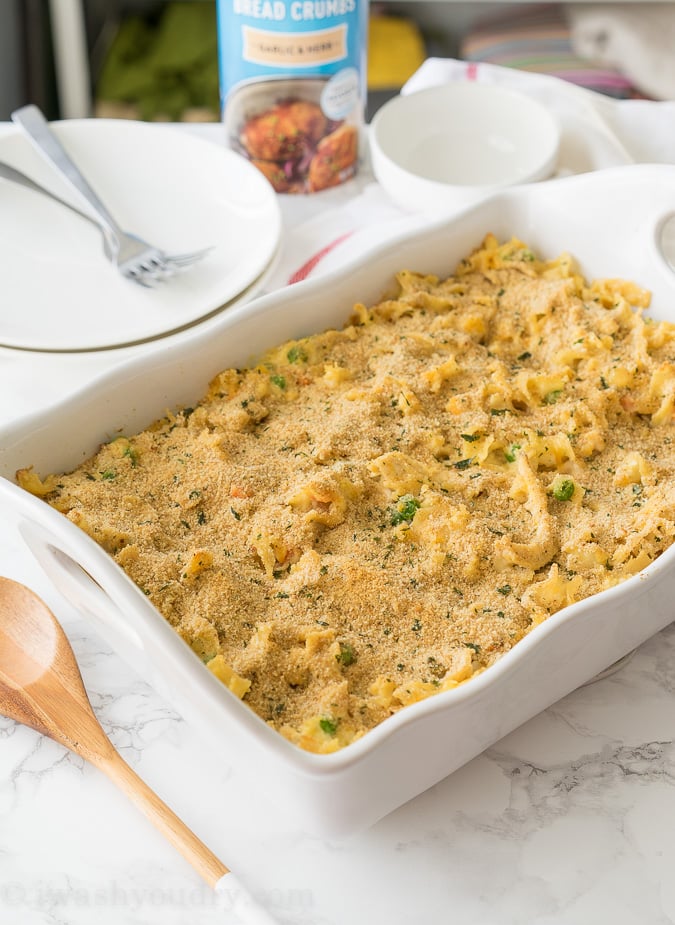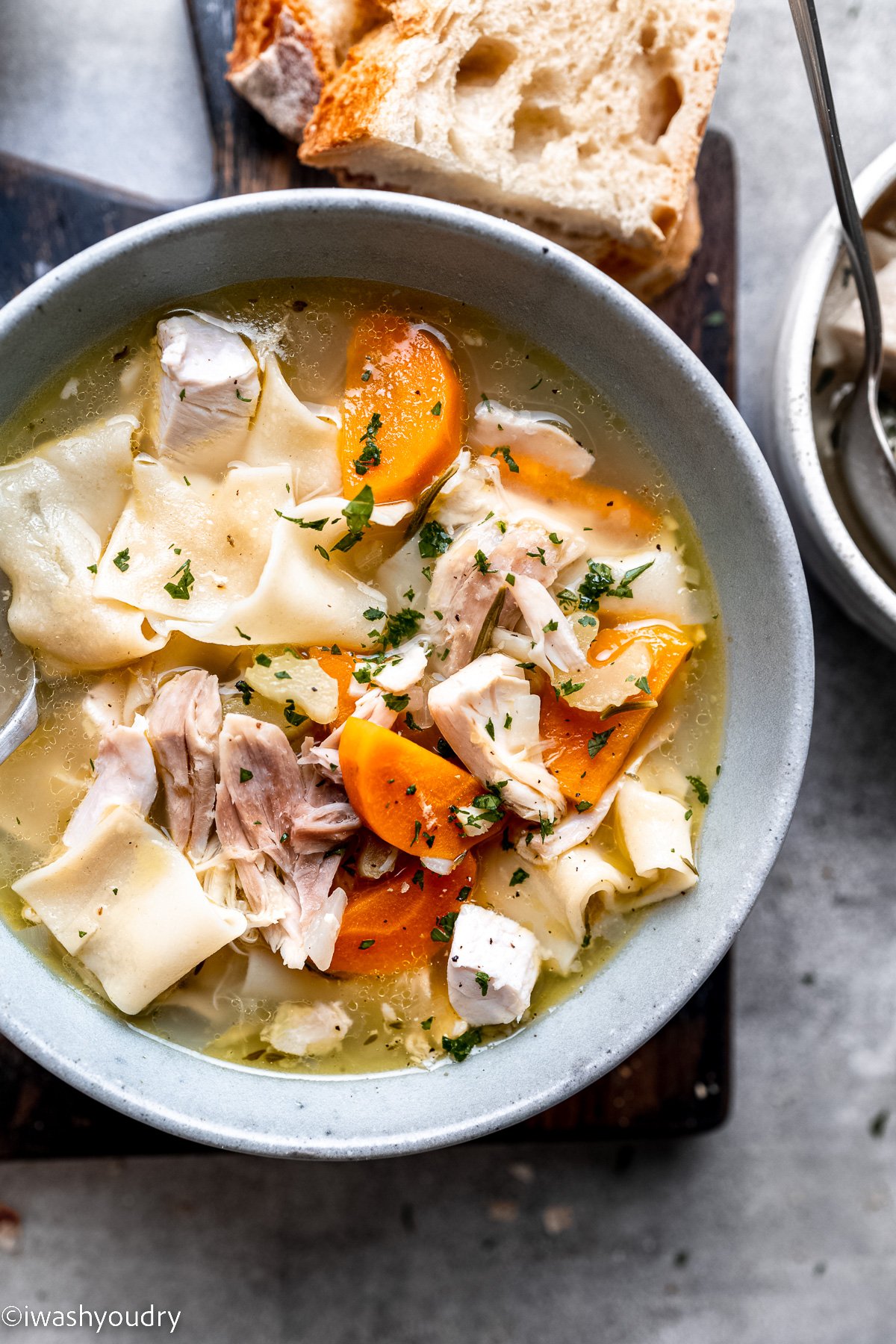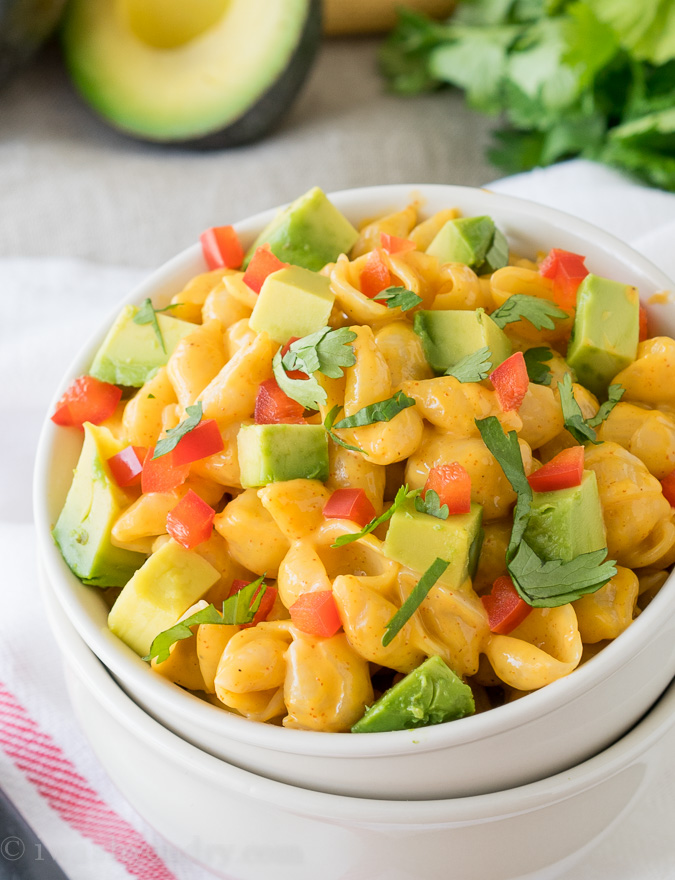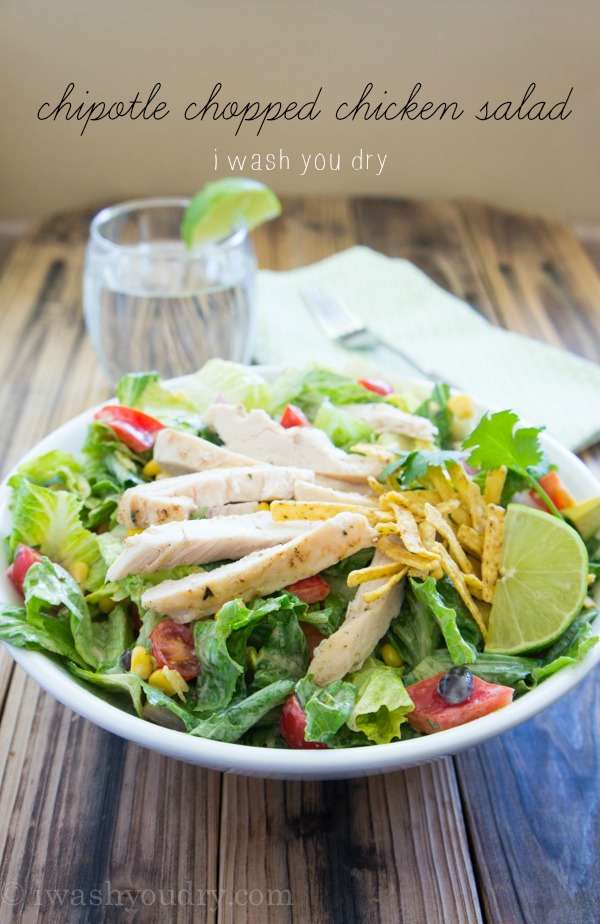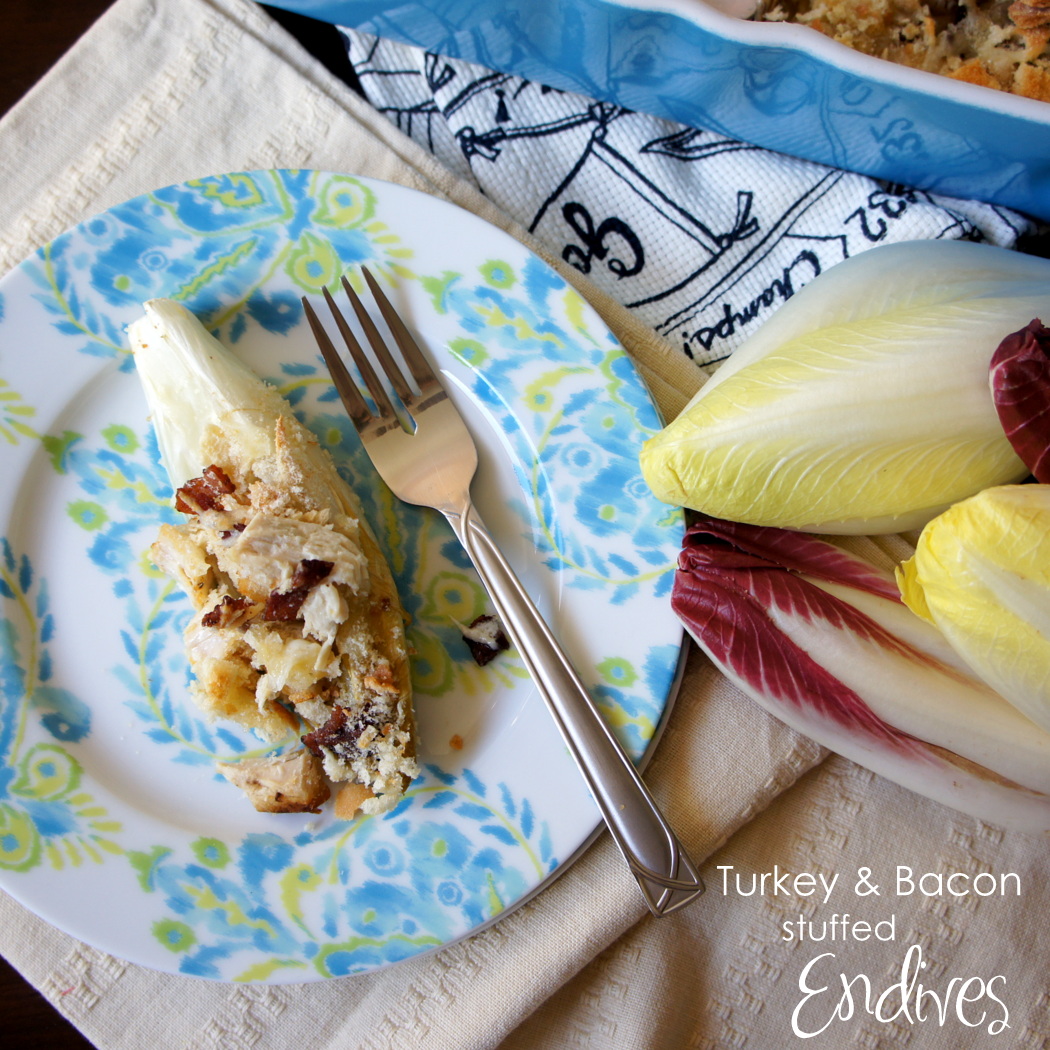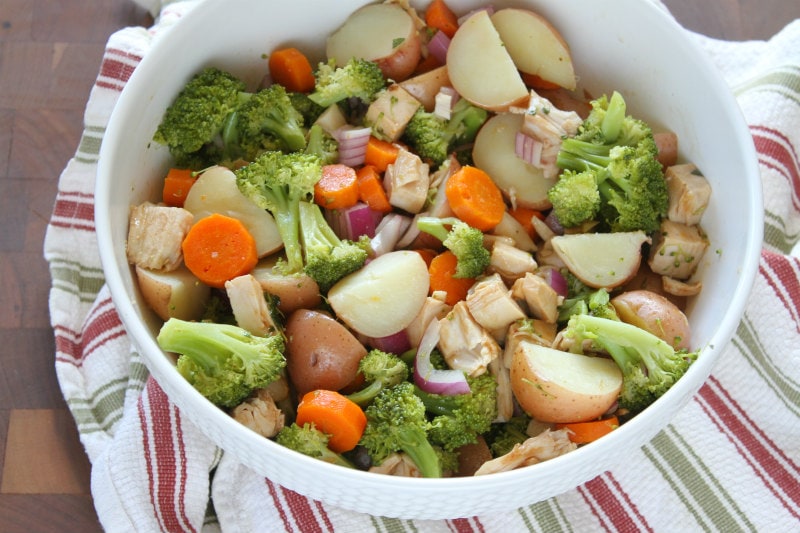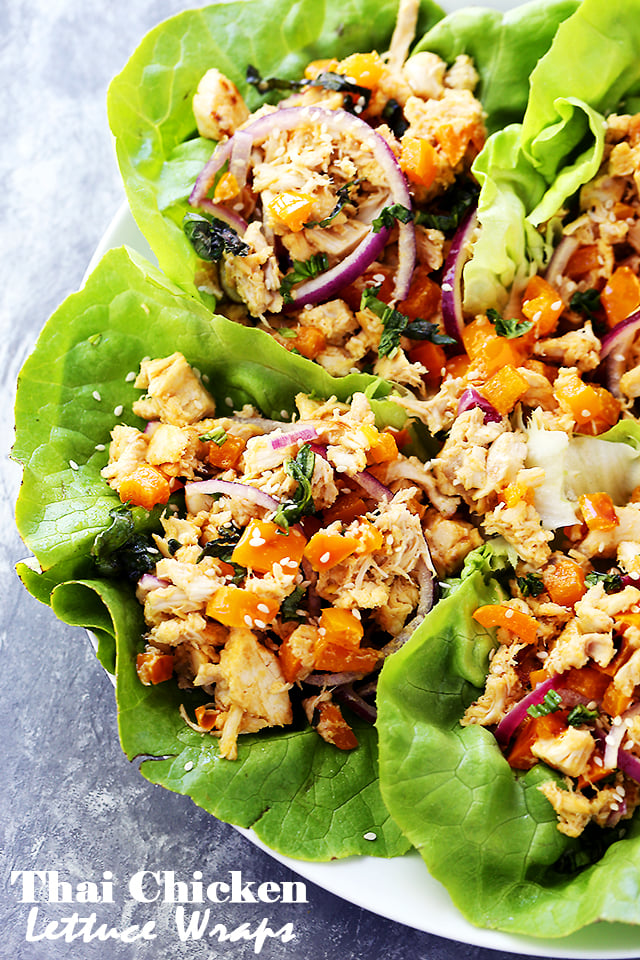Chicken: Important Facts, Health Benefits, and Recipes
Explore the health benefits of chicken, its nutritional information, various cuisines that include chicken, and the best ways to store and prepare it for a delicious meal.
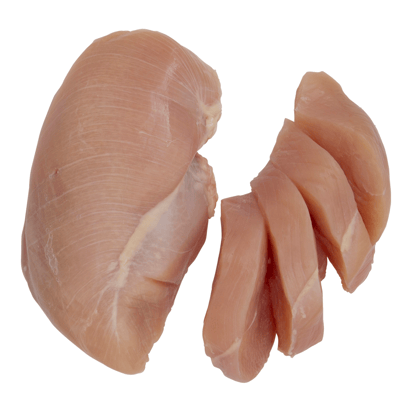
Best Chicken Recipes
-
:max_bytes(150000):strip_icc()/__opt__aboutcom__coeus__resources__content_migration__simply_recipes__uploads__2008__07__chicken-pozole-horiz-a-1600-4322c9215d9045c8b1d44ffbb97cc09b.jpg)
-
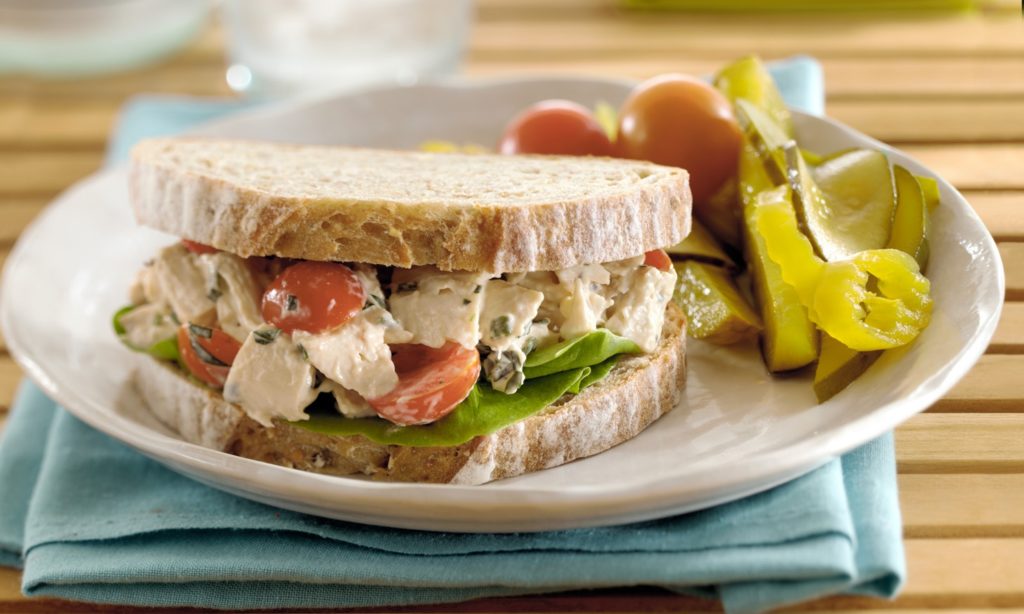
-

-

-
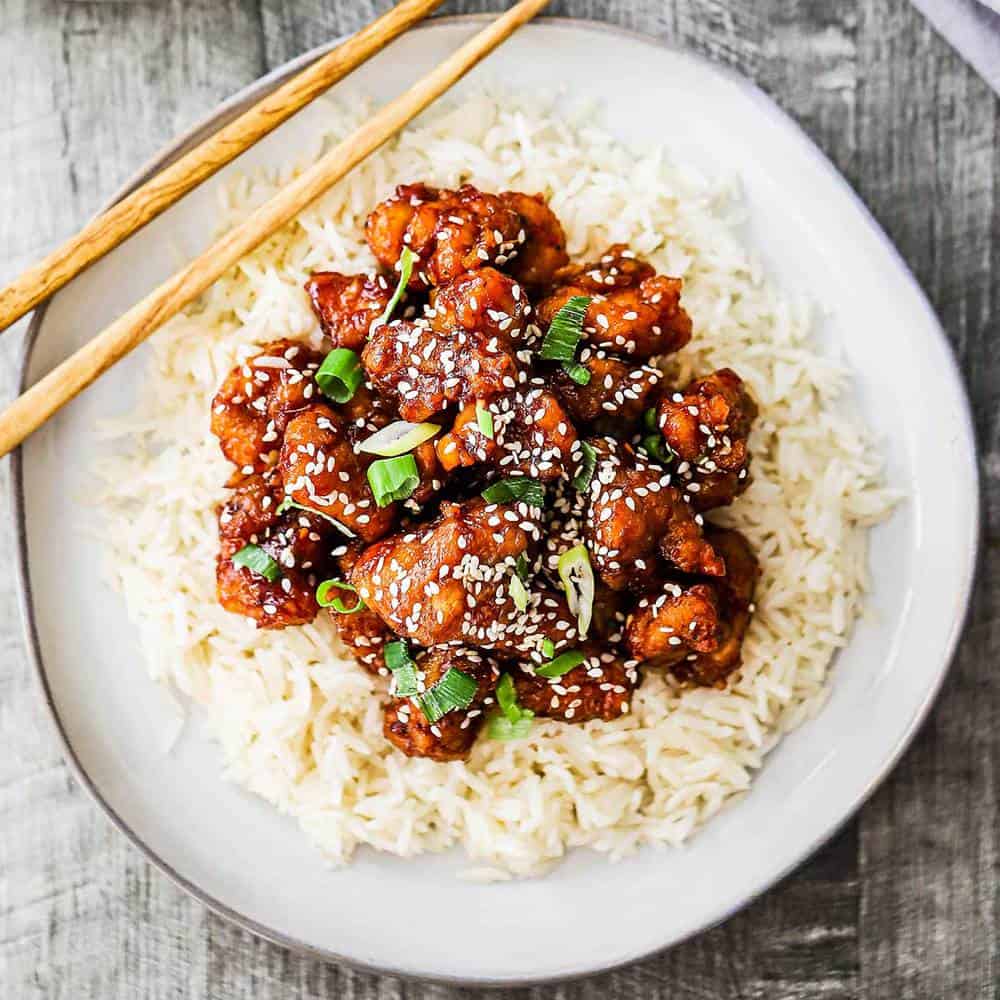
-
:max_bytes(150000):strip_icc()/__opt__aboutcom__coeus__resources__content_migration__serious_eats__seriouseats.com__recipes__images__2015__07__20150716-chicken-fried-chicken-recipe-food-lab-52-09f82096b16d4a4d9c0f8814be5d8c17.jpg)
-

-
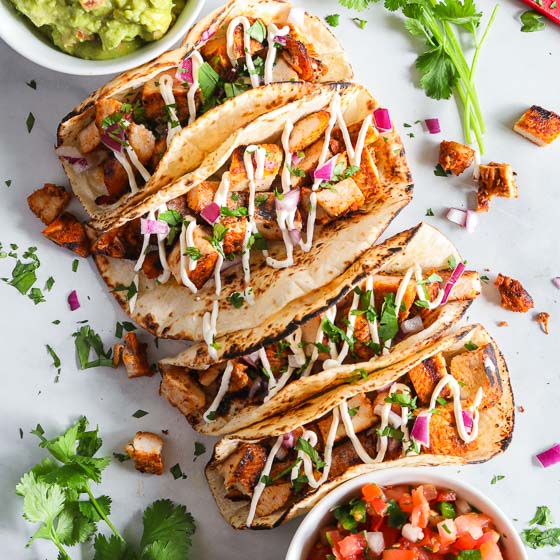
-
![Ethiopian Doro Wat Chicken Stew Recipe Image]()
-
![Chicken and Waffles Image]()
-
![Chicken Adobo Image]()
-
![Chicken Taquitos Image]()
-
![Chicken Parmesan Image]()
-
![Tandoori Chicken Recipe Image]()
-
![Cantonese Steamed Chicken Recipe Image]()
-
![Easy Coconut Chicken Curry Image]()
-
![Chicken Parmesan Baked Pasta Image]()
-
![Greek Cobb Salad Image]()
-
![Chicken Pot Pie with Puff Pastry Crust Image]()
-
![Asian Ramen Noodle Salad Recipe Image]()
-
![Chicken Divan Macaroni and Cheese Image]()
-
![Chicken Croissants Image]()
-
![Roasted Chicken Noodle Soup Image]()
-
![Sweet and Spicy Lettuce Wraps Image]()
-
![Lemon Chicken Rice Soup Image]()
-
![Chicken Divan Image]()
-
![Chicken Spaghetti Casserole Image]()
-
![Chicken Cordon Bleu Lasagna Image]()
-
![Baked Lemon Chicken Spaghetti Primavera Image]()
-
![Spinach Salad with Chicken, Avocado and Goat Cheese Image]()
-
![Chicken Quiche Recipe Image]()
-
![Chicken Apple Crunch Salad Image]()
-
![Chicken Fajita Rice Bowl Image]()
-
![Easy Chicken Noodle Casserole Image]()
-
![Homemade Turkey Noodle Soup Image]()
-
![Smoky Avocado Shells and Cheese Image]()
-
![Zesty Chipotle Chopped Chicken Salad Image]()
-
![Jalapeño Popper Pita Pizza Image]()
-
![BBQ Chicken Grilled Cheese Sandwich Image]()
-
![Turkey and Bacon Stuffed Endive Image]()
-
![Broccoli and Chicken Salad with Lemon Dressing Image]()
-
![Greek Chicken Orzo Soup Image]()
-
![Chicken Curry Salad Image]()
-
![Mango Curry Chicken Salad Wraps Image]()
-
![Cheesy Chicken and Cauliflower Rice Casserole Image]()
-
![Creamy Dill Chicken Salad with Nuts and Cranberries Image]()
-
![Thai Chicken Lettuce Wraps Image]()
-
![Chicken and Veggies Ramen Noodles Skillet Recipe Image]()


:max_bytes(150000):strip_icc()/doro-wat-39441-hero-01-b1aa5b8734414d4eb75948a906cc1043.jpg)


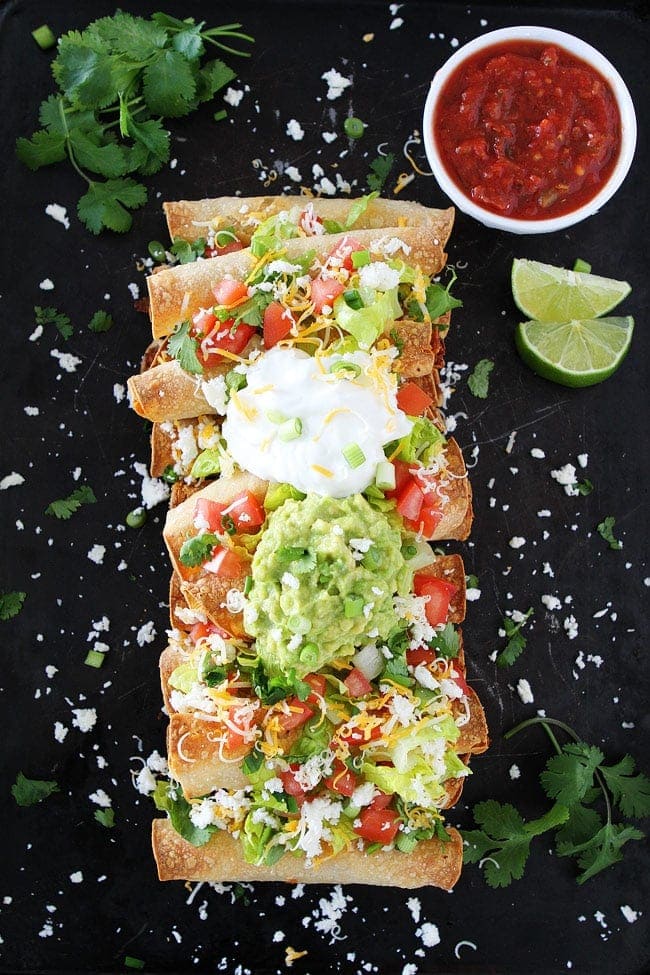
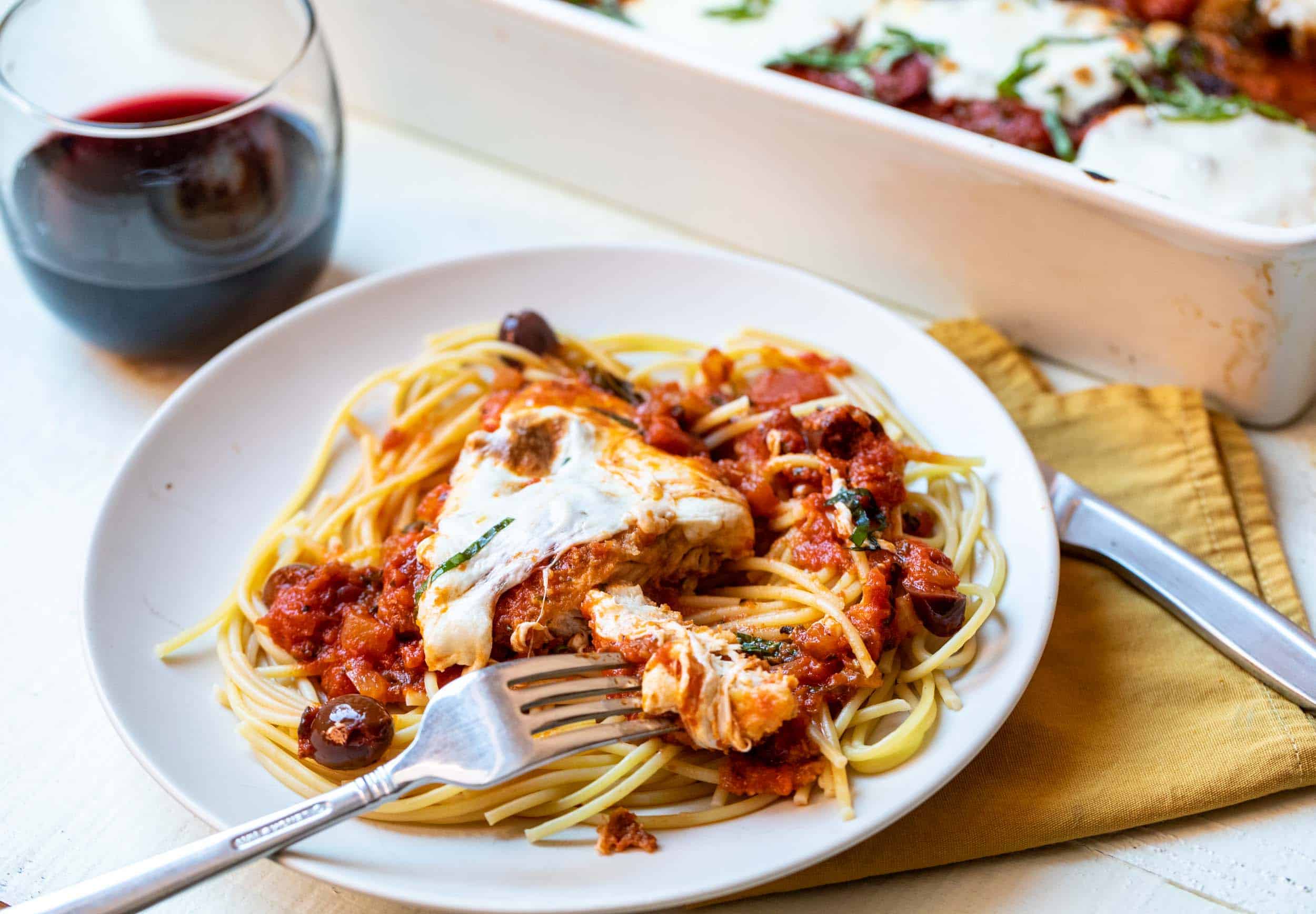
:max_bytes(150000):strip_icc()/Simply-Recipes-Tandoori-Chicken-LEAD-06-04acb1fe13a141faacb7d03d87901e59.jpg)
:max_bytes(150000):strip_icc()/GettyImages-698942358-5b23d9fa1d64040037320532.jpg)

